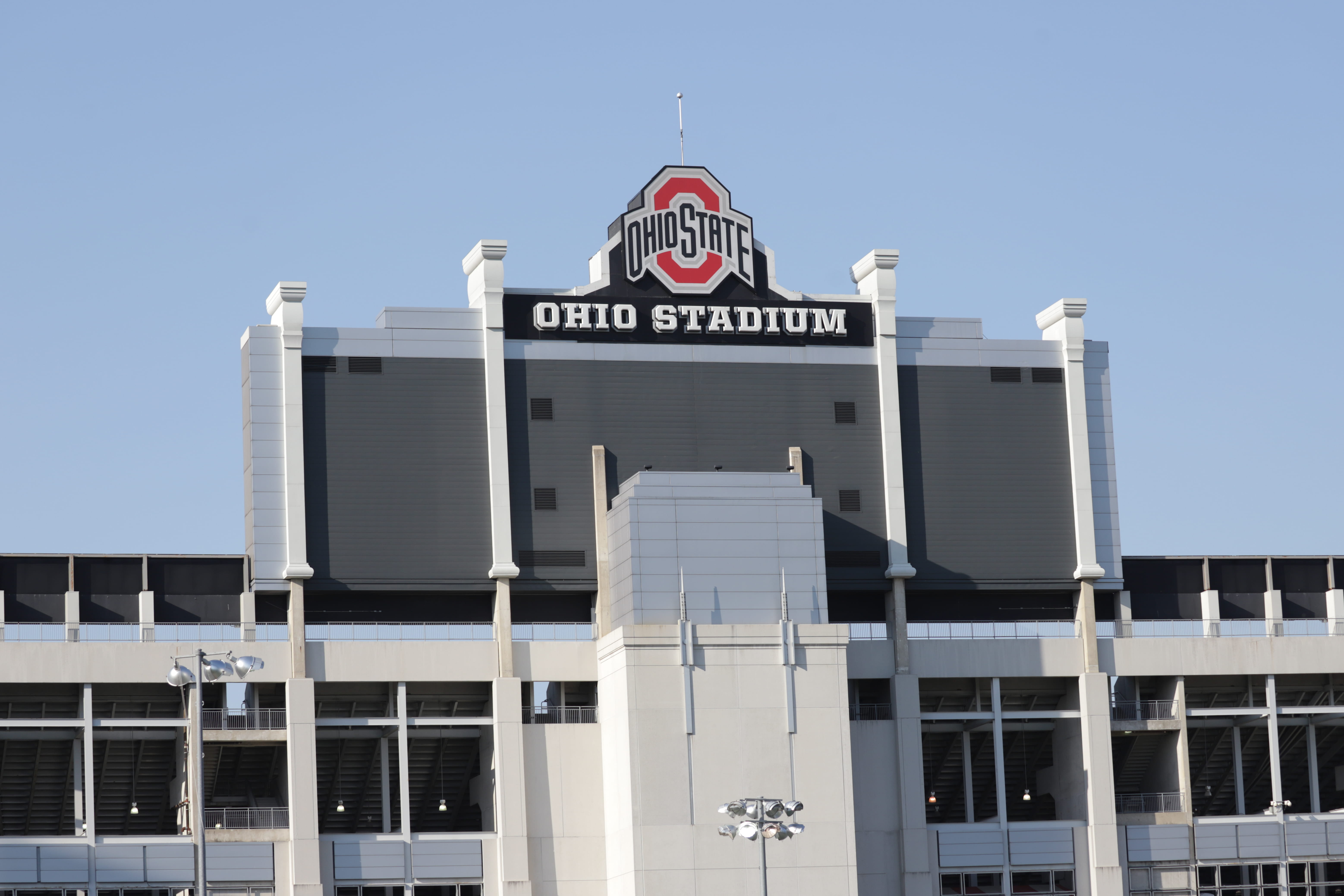
The Ohio State football creative media team has taken a unique approach to generating interest in their program by putting the first tweet from the football account up for auction as an NFT. Credit: Mackenzie Shanklin | Photo Editor
As the NFT craze rages on, Ohio State’s football program is looking to profit off it.
Non-fungible tokens, or NFTs, are digital identifiers that are created by computer algorithms to certify the authenticity of an asset, similar to a digital certificate of authenticity that cannot be counterfeited in any way. The Ohio State football creative media team has taken a unique approach to generating interest in their program by putting the first tweet from the football account up for auction as an NFT.
👀 https://t.co/zPAlh3fH26 pic.twitter.com/jZH1AaO3mA
— Ohio State Football (@OhioStateFB) March 13, 2021
“This is just scratching the surface of tremendous potential and value,” Chris Charizopoulos, director of Ohio State football creative design and branding, said. “We’re going to see NFTs revolutionize digital asset management.”
The highest bid on the Ohio State tweet from 2016 reading “O-H #GoBucks” is currently 0.4581 Ethereum, a form of cryptocurrency, which is equal to about $850.
Charizopoulos said that although the potential of NFTs goes far beyond sports, the variety of potential uses within sports is larger than most people realize. He said that being able to buy a moment in sports history without having to worry about keeping it in good condition or losing it will allow for a new group of collectors to find the same excitement and thrill of traditional sports card collecting.
John Rehbeck, assistant professor of economics at Ohio State, said that although he sees the advantages of the new form of electronic commerce, he is worried about some of the downsides that many early adopters are overlooking.
“The thing with these cryptocurrencies is that they actually use a lot of energy,” Rehbeck said. “It’s really energy intensive and it could have some downstream bad effects.”
Despite these concerns, Rehbeck said that there are alternative ways of creating NFTs that are less energy intensive as a result of how the computer processes the algorithms necessary to produce the NFT. He said that as the technology becomes more mainstream, he hopes to see more platforms supporting sustainable NFT creation.
Controversy and confusion related to NFTs aren’t limited to energy. An artwork from the digital artist Grimes recently sold for $5.8 million, raising questions about the actual value of these digital assets.
Rehbeck said that similar to any collectable item, it is hard to know if people are buying them because they feel it is truly worth that much, or if they are looking to make money by reselling the item when the price is driven up by demand.
“There’s not a whole lot of data right now because these are still pretty recent, but kind of similar to art auctions and things like this, people may claim they are buying them for aesthetic value, but it’s pretty much speculation and trying to make money,” Rehbeck said.
Ohio State is among the first teams to sell an NFT, so Charizopoulos said anyone that wants to see NFTs grow across college athletics is going to try to get in on this sale to showcase the future potential.
“This is for the success of college sports,” Charizopoulos said. “This is for other programs to potentially do this, and there’s a lot of tremendous opportunity for other programs.”
Charizopoulos said that he expected a lot of confusion regarding the sale of their tweet and that building off of this tweet and finding ways to continue to incorporate NFTs in the future will help educate the team’s audience and build value.
“We are very interested in emerging opportunities, emerging media, and emerging spaces,” Charizopoulos said. “We’re learning about it right now, and we’ll see where it goes.”


